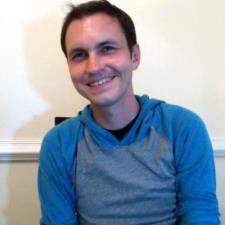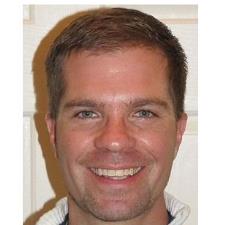Steven W. answered • 07/22/19
Physics Ph.D., professional, easygoing, 11,000+ hours tutoring physics
To imagine how an object has angular momentum (and can exert torque) even while not rotating or traveling in a circular path, imagine the following scenario:
[note: the condition for conservation of angular momentum is that no net external torque acts on the system of interest over the time we are considering]
A child runs on a tangent line toward the outer edge of a merry-go-round, which is at rest. The child runs at a constant speed and leaps through the air (still at constant speed) to land on the merry-go-round's outer edge. You can probably guess what will happen then: the merry-go-round starts to spin.
If the child was running at constant speed, then her acceleration would be zero, and no net force would be acting on her. Without a net force, there can be no net torque. Since the merry-go-round starts at rest, this means no net external torque is acting on the child-(merry-go-round) system during this action of the child jumping onto the merry-go-round.
This means angular momentum is conserved from before the child jumps on to after. There is clearly angular momentum after, as both the child and the merry-go-round are spinning and moving in a circle. Since angular momentum must be conserved, there must be angular momentum before the child jumps on.
Since the merry-go-round starts at rest (and thus has zero angular momentum initially), the angular momentum before the jump must belong to the child, who was moving in a straight line. This leads to the definition of angular momentum for an object moving at some speed in a straight line, around a point not on that line (in this case, the center of the merry-go-round).
Imagine if the child were running along a line not tangent to the merry-go-round, but rather running directly at the middle. If the child jumped on THEN, the merry-go-round would (ideally) not spin at all, since the child's line of motion went through the center of rotation for the merry-go-round. Thus, the child would have no angular momentum around that point to start (and there would be no angular momentum after, ideally).
If you have any follow-up questions to this, or want to talk about it more, please let me know. I hope that helps!






